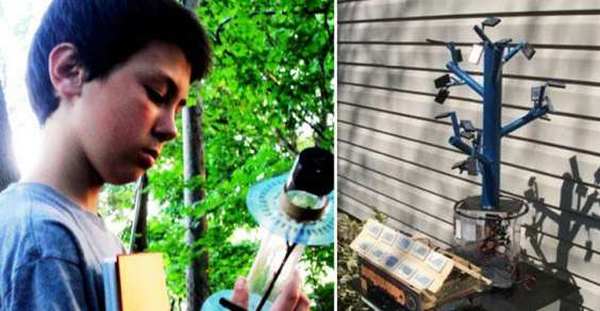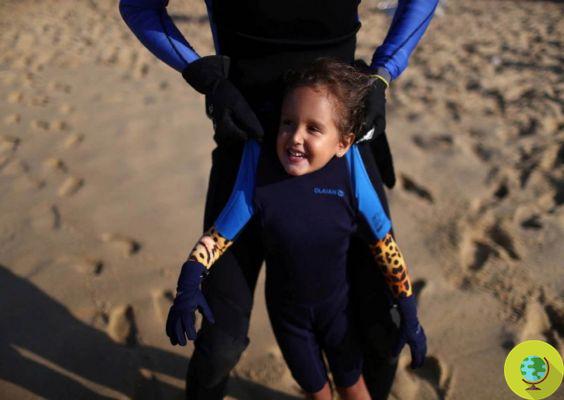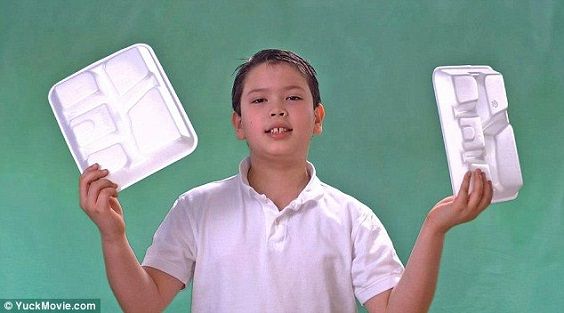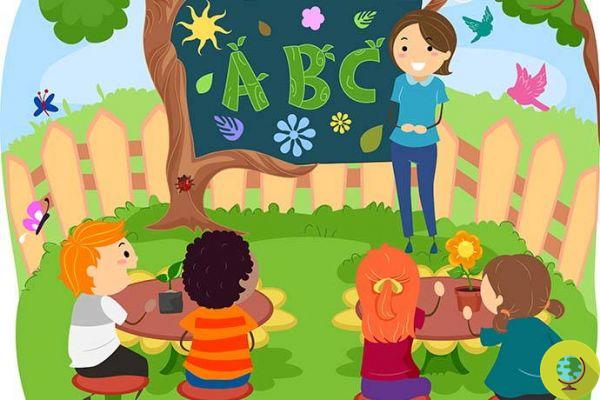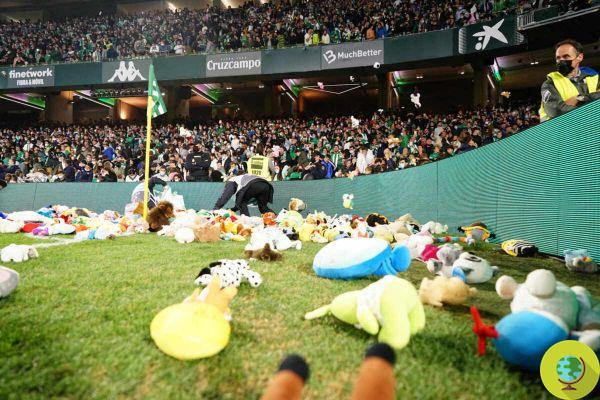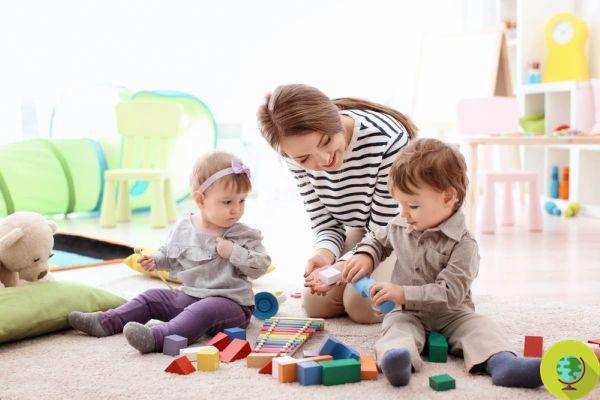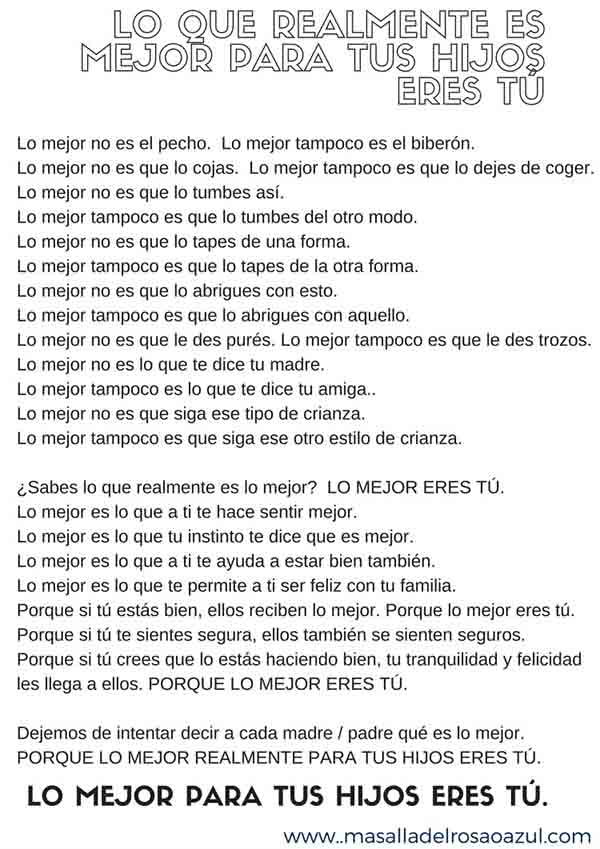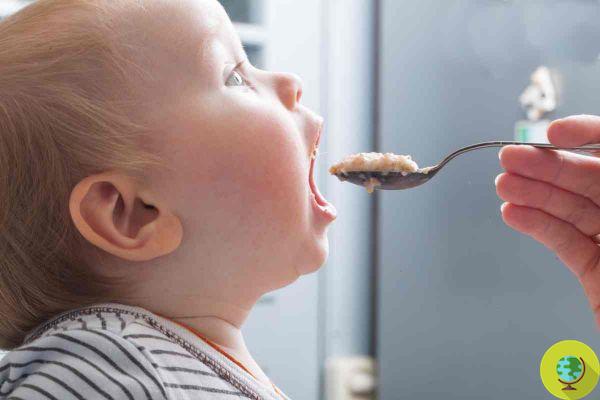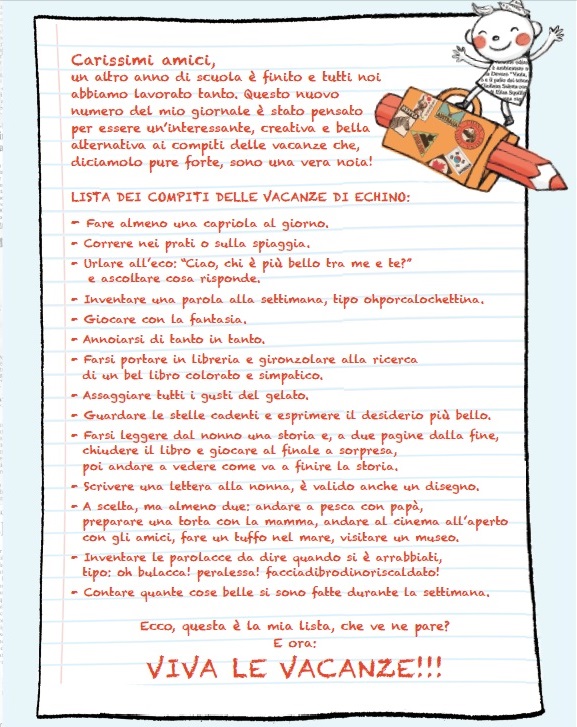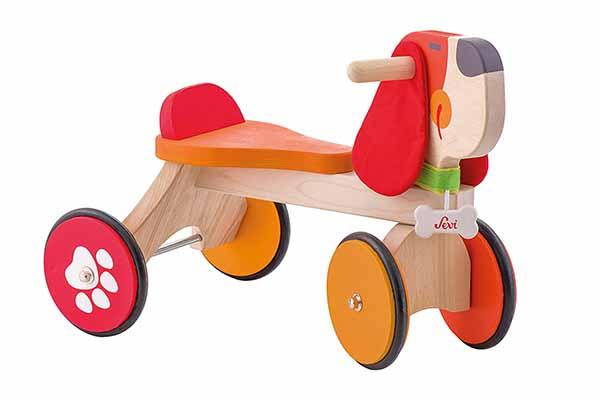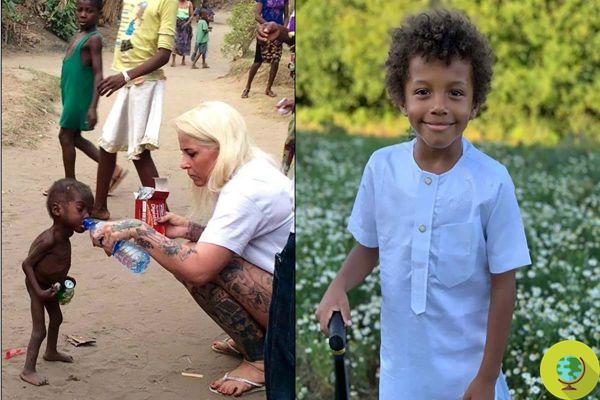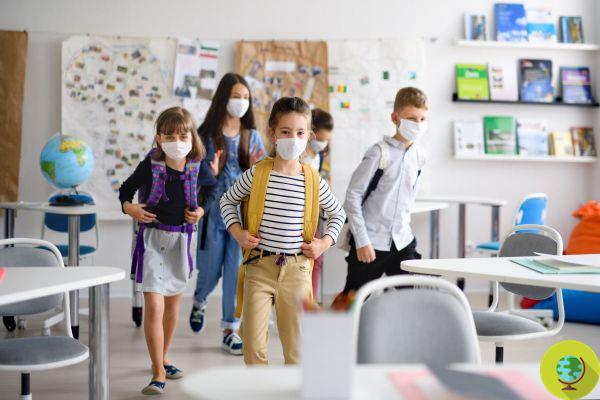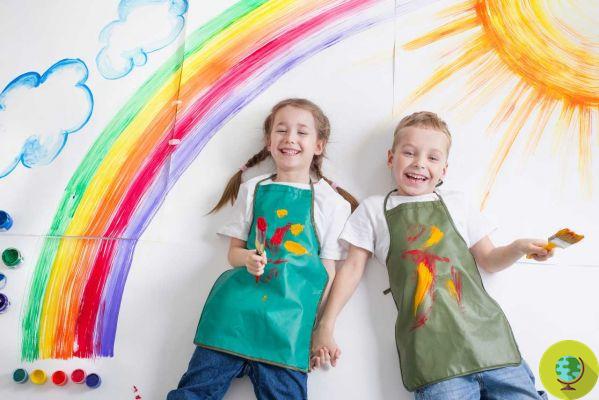
Have you ever thought about experimenting with the Montessori method to educate happy children? The principles underlying the Montessori method are applicable to everyone
Don't store avocado like this: it's dangerousIl Montessori method per educate happy children, have you ever thought of experiencing it? The principles underlying the Montessori method are applicable to everyone, even at home and in the family, even if they do not have the typical materials of this style of learning available.
According to Maria Montessori, at the center of learning we find the child himself with its need to learn and learn within a rich, varied and stimulating environment. Children themselves can be left free to choose the materials, toys and tools they prefer to use at a given time, because each experience represents a learning opportunity.
Here are some reflections on the Montessori method that will inspire you as parents, educators and teachers.
Index
Montessori method: environment and order
Maria Montessori believed that children learn best in a tidy environment. The advice is to create different sections in a shelf to store books, puzzles and toys. It is useful to choose baskets and baskets as containers to be positioned at heights that are easily accessible by children. The habit of order helps children understand how important it is to put toys and objects in their place at the end of the day. Provide children with games, furniture and objects made of suitable materials and the right size for their age and height.
Movement and learning
According to Maria Montessori, children need to focus on certain activities they require the use and movement of the hands. Think of the classic scene in which a child learns to stack wooden cubes on top of each other. In this activity, which looks like a game, the child is not simply having fun but is learning the importance of concentration and coordination.
Free choice in the Montessori Method
Maria Montessori believed that the free choice was the most important of the mental processes of the human being. Children learn much more and absorb more information when they are left free to make their own choices. Freedom of choice however, it does not mean freedom to do what you want without rules. It is in fact a freedom that leads to the ability to choose the right thing to do. And for the child the right thing is to decide to satisfy their needs to take a new step in their growth path.
Stimulate interest
The child learns and learns best if he lives in a stimulating environment full of interesting objects that attract your attention. Children should have many different books, materials with which to make new small handmade objects, tools for drawing and coloring and anything that can stimulate their creativity. A background of classical or relaxing music can also be useful while playing and learning.
Montessori method: the rewards
Maria Montessori did not like teaching systems based on rewards and punishments because she believed that the real reward for the child had to be represented by the learning itself and his ability to have learned something new thanks to his curiosity and his own strength. According to the Montessori method, the real reward is being able to reach the goal: complete a puzzle, pour water into a glass or transfer a plant.
Practical activities
Children's learning according to the Montessori method it occurs mainly through practical activities during the preschool age. The practical activities they help the child to stimulate the sense of touch, sight and hearing, to learn order, concentration and independence. Activities useful to sharpen the senses will contribute to better learning during the following years of school.
Groups with children of different ages, the recipe of the Montessori Method
At school, children are distributed in different classes according to age, but Maria Montessori strongly believed in the formation of mixed groups with children of different ages because he believed that this was a stimulus to learning. For example, younger children will be intrigued by what older children are doing and will ask them for explanations. In turn, adults will be happy to teach the little ones what they can do and have already learned. This advice is very important for parents who have children of different ages. Activities to do together during group work can include: drawing, gardening, knitting and sports. One of the principles behind the Montessori method is precisely to let children of different ages interact so that they learn from each other.
Importance of the context
It is important, according to the Montessori method, that the topics and concepts to be learned are inserted correctly context. This way children will understand them and remember them better. Concrete examples are easier to understand than abstract concepts. This principle also understands how critical it is to understand that children learn best by doing something rather than just listening.
The role of the teacher according to the Montessori Method
In the Montessori method, the teacher has the role of directing and facilitating the activities of the children. You are not just someone who gives a lesson by talking about the topics she would like to teach. THE Parents who play the role of teachers for their children in parental education experiences they know well how important a direct and concrete involvement in children's activities is, which in this way become more fun and less arid.
Independence and self-discipline
The Montessori method encourages children to develop independence and self-discipline. Over time, children will learn to recognize their passions and inclinations and will make you understand the learning style they prefer. Some children enjoy reading, while others are more suited to hands-on activities. Maria Montessori tried to combine all aspects of learning in a balanced way so that the basic principles of her method can still be applied today by both teachers and parents.
IN CONCLUSION, HE DOES THEM IN THE MONTESSORI METHOD
Remember that children are naturally attracted to activities that have clearly defined end goals. They love to feel useful in the eyes of their parents which is why their contribution to housework can be important. For this reason, according to the Montessori Method, it is important that children learn housework from an early age.
From 2 to 3 years old, for example, they are perfectly capable of tidying up their toys and stacking books and magazines, but they can also fill the dog and cat bowl.
From 4 to 5, on the other hand, they could already try their hand at small household chores, such as making the bed and pulling out the weeds in the garden.
At 10, on the other hand, it is possible to ask for their help with the younger siblings, to unload the dishwasher and to wash the car. They can also try their hand at cooking, clearly under close adult supervision. And they are perfectly capable of changing their bed sheets.
Read also:
- 10 DIY games and furniture according to the Montessori method
- Montessori method: in Bergamo for the first time it is free in a public school
- The kindergarten in the woods: the nursery that educates children in the open air




